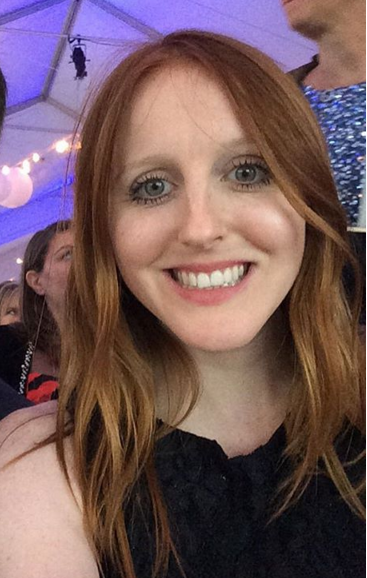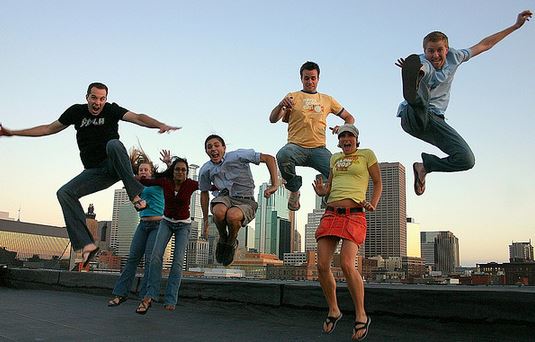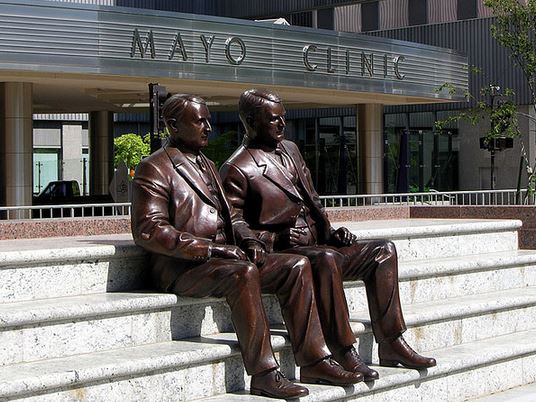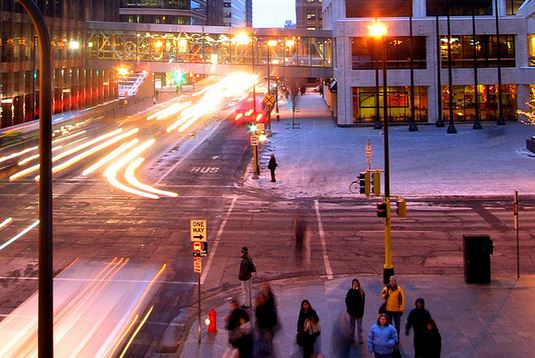Young People: Move to Minnesota

By:
As graduation season creeps up on the nation, a new set of college grads must decide where to start their careers. Millennials are drawn to cosmopolitan hubs like New York, Los Angeles, Washington D.C., and San Francisco, but these cities tend to be absurdly expensive, and they often force young people to live well beyond their means, so at the top of the list should be Minnesota, an increasingly not-so-secret Midwest treasure. As The Atlantic's Derek Thompson, who wrote last month of the Minnesota economic "miracle," pointed out, the Minneapolis-St. Paul area is among just three big metro areas in which young, middle class families can afford at least 50 percent of the homes in the city. Last May, the Twin Cities unemployment rate was 4 percent, and by the end of 2014, the overall state unemployment rate was even lower at 3.9 percent, well below the national average. This, along with the state's increasing temperatures at present, should give Millennials something to consider.
Matt Olson/Flickr
Even with the state's setbacks, there's a lot of potential to earn and save money in Minnesota. In 2013, research advocacy organization Growth and Justice found Minnesota's median household income declined to $58,000, an 18 percent plunge from 2000 to 2010. The dip is certainly alarming, but remains higher than the national average of $53,891.
Oliver Hammond/Flickr
Minnesota is good for women.
Personal finance social networking website Wallet Hub ranked Minnesota the best state in America for women. Factoring in health care plus economic and social well-being for women, the site measured each state from best to worst, with Arkansas at the bottom of the list and Alabama and Texas tying for 40th place. Faring better than other Midwestern states, most of which fall somewhere in the middle.
Also according to Wallet Hub, Minnesota has one of the lowest high school dropout rates for women, highest percentages of women who voted in the last presidential election, lowest rates of uninsured females, and highest female life expectancies at birth. It ranks second in women's social and economic well-being and fourth in women's health care. The site's findings also concluded that blue states tend to be more women-friendly, and last year, The Hill labeled Minnesota the second most liberal state in the U.S.. That may be a surprise to people who think of liberal America as Southern California beaches and crowded NYC subway cars rather than bundled-up children trotting to school in the Minnesota snow. In 2012, Minnesota voted overwhelming for President Obama, granting him 52.8 percent of the state's popular votes.
Minnesota is rife with professional opportunities.
Minnesota is also home to many great workplaces. As noted by The Atlantic, 19 Fortune 500 companies are headquartered in Minneapolis-St. Paul, and University of Minnesota Professor Myles Shaver says this is telling of the city's effective business practices, "We’re not like Atlanta, where half of its Fortune 500s moved there. There is something about Minneapolis that makes us unusually good at building and keeping large companies." In Shaver's research, he found that college-educated managers taking home more than twice the average yearly salary tended to stay in Minnesota and that the state has the second lowest outflow of people who fit that description. Chances are, if you're thriving professionally in Minnesota, you're not about to jump ship and relocate to ambitious hotspots like New York or San Francisco, where your cost of living is going to surge.
Like many metro areas, San Francisco and New York are known as homes for the extremely wealthy and extremely poor. It seems that Minnesota has avoided this stratified situation with its fiscal equalization policy, which requires local governments to provide around 50 percent of their commercial tax revenues to impoverished areas. This has been going on for nearly 45 years and has provided less fortunate communities with a financial backstop to prevent them to sliding into extreme poverty. Minnesota Rep. Keith Ellison appreciates what this has done for the state:
But what about tolerance and racial equality?
Sure it's nice to have affordable housing and a decent shot at holding down a job in Minnesota, but what about racial equality? Minnesota has faced backlash for stories about bigoted residents, but research shows the "Minnesota Welcomes You" state entrance sign applies to different races as well. In 2012, a Harvard doctorate student found that Minnesota is one of the least racist states in the country. Using Google search results, he studied the number of times people in each state looked up the "n" word on Google. Of all 50 states used, he found Minnesota ranked 45th on the list. Racism isn't over in Minnesota, but that's true for the rest of the country as well.
And how about that weather?
Drew Geraets/Flickr
Many young people see the appeal of Minnesota's reasonable living costs and career prospects, but the state's harsh winters can be a major turn-off. Every city has its downsides: traffic in Los Angeles, hot garbage summers and brutally cold winters in New York City, or the looming threat of earthquakes in San Francisco and Los Angeles. Newsworthy snowstorms just happen to be Minnesota's glaring imperfection. It's a deal breaker for some, but as one Daily Kos contributor argues, Minnesota winters can promote solidarity and true community, "Winter is also great beauty and camaraderie. Neighbors who shovel out each others vehicles and then have coffee and tea, now bonded by the winter experience ... When you live and work with good people, winter is wonderful. We are the people of winter."



